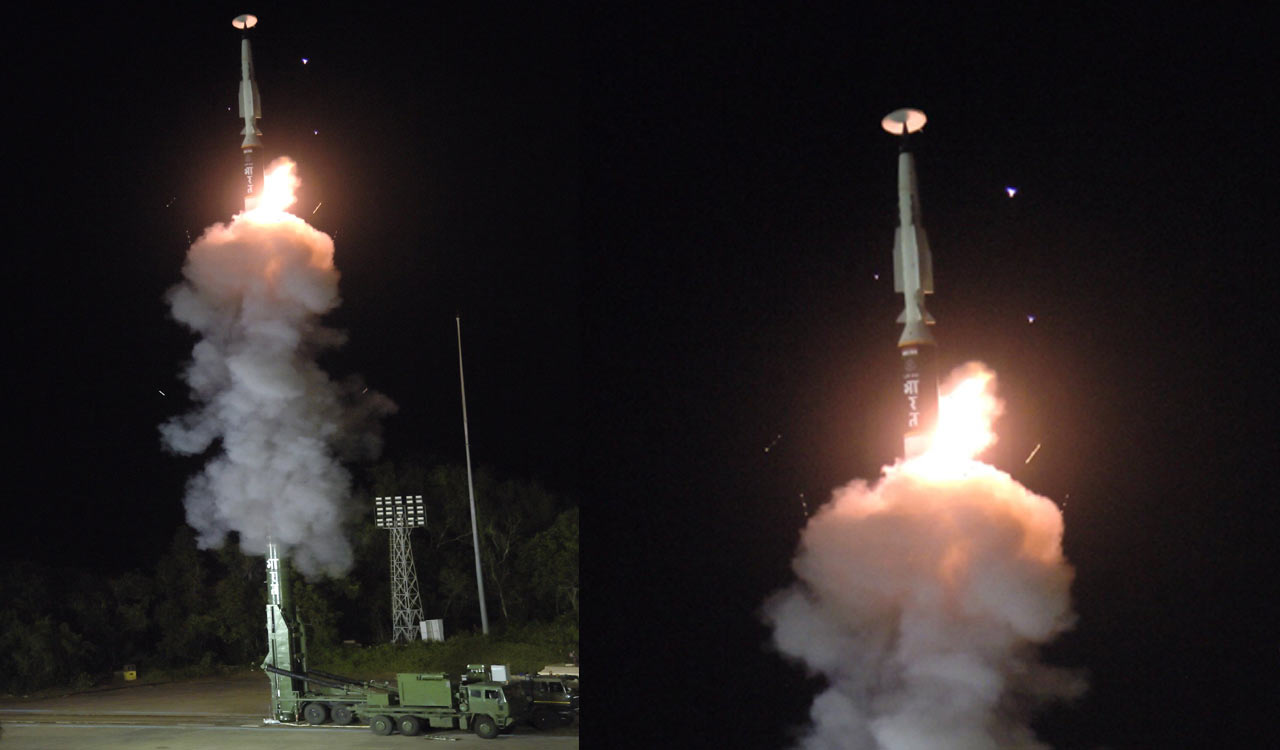Editorial: Showcasing hypersonic prowess
The home-grown hypersonic cruise missile showcases India’s engineering capabilities, free from the strings of foreign control

By successfully test-firing the indigenously-developed long-range hypersonic cruise missile, India has reached a key milestone in military development that puts it among an elite group of nations, including the United States, Russia and China, possessing advanced technology. Developed by the state-run Defence Research and Development Organisation (DRDO) and industry partners, the missile is designed to carry payloads for ranges exceeding 1,500 km. Powered by advanced propulsion systems like scramjets, these missiles soar low and fast, with the stealth of a Himalayan snow leopard and the manoeuvrability of an acrobat, reaching beyond Mach 5, about five times the speed of sound. Unlike ballistic missiles that follow a predictable curve, hypersonic cruise missiles change direction in defence mode as they skim the earth at altitudes that radar beams struggle to detect. The missile’s ability to dodge, weave and outpace defences leaves current interception technology looking outdated. India’s hypersonic prowess adds a formidable arrow to its quiver, negating Pakistan’s nuclear sabre-rattling. With missiles that can strike critical assets, including their strategic centres, India now holds a game-changing deterrent. Besides, it can now match Beijing’s hypersonic strength. Unlike the dependency on imported equipment during the Kargil conflict, this home-grown marvel showcases India’s engineering capabilities, free from the strings of foreign control. It can be programmed to hit multiple targets with uncanny precision, a trait that comes in handy during complex, multi-theatre warfare scenarios. This ability to engage and neutralise high-value assets, whether on land or at sea, shifts the balance of power dramatically in India’s favour.
The hypersonic missile has been indigenously developed by Hyderabad-based laboratories of the Dr APJ Abdul Kalam Missile Complex, along with various other DRDO labs and private sector partners. The missile demonstrated its capability to perform various manoeuvres while flying at various altitudes and speeds. The missile is also equipped with advanced avionics and software to ensure better and more reliable performance. Deploying hypersonic missiles across platforms — be it in silos, air-launch configurations, or aboard submarines — will solidify India’s defence capabilities. Integrating these into AI-driven, real-time C4ISR (Command, Control, Communications, Computers, Intelligence, Surveillance, and Reconnaissance) systems will ensure seamless coordination and optimal strike readiness. Along with manoeuvrability and speed factor, these missiles also have the ability to fly at lower altitudes. All this would make the existing missile defence architecture of India’s adversaries worthless. On the other hand, it strengthens India’s deterrence mechanism. The year 2024 has been very productive for DRDO’s missile programme. In March, it conducted the first successful flight test of the indigenously developed Agni-5 missile with Multiple Independently Targetable Re-Entry Vehicle (MIRV) technology. In July, it successfully conducted a flight test of the Phase-2 Ballistic Missile Defence System (BMD). This was an important step towards demonstrating India’s BMD capability. Now it has successfully tested hypersonic technology. All these tests strengthen India’s nuclear deterrence architecture significantly.
Related News
-
Save future of Telangana NEET PG aspirants, IMA writes to CM Revanth Reddy
33 mins ago -
Telangana techie loses Rs 4.15 lakh to online gold trading fraud
1 hour ago -
Hyderabad: Couple working as house help at doctor’s residence held for theft
1 hour ago -
Hyderabad auto driver foils attempt to kidnap young woman, five held
2 hours ago -
Haiti gang attack on journalists covering hospital reopening leaves 2 dead, several wounded
3 hours ago -
21 dead as Mozambique erupts in violence after election court ruling
4 hours ago -
Cartoon Today on December 25, 2024
11 hours ago -
Sandhya Theatre stampede case: Allu Arjun questioned for 3 hours by Chikkadpallly police
12 hours ago




